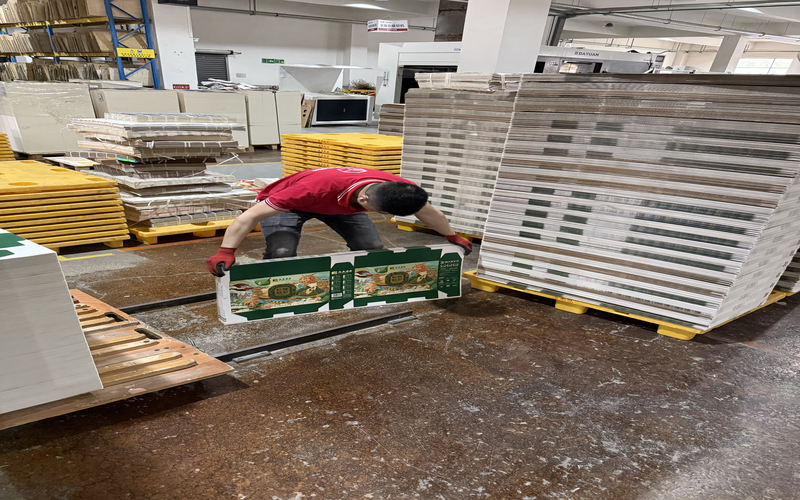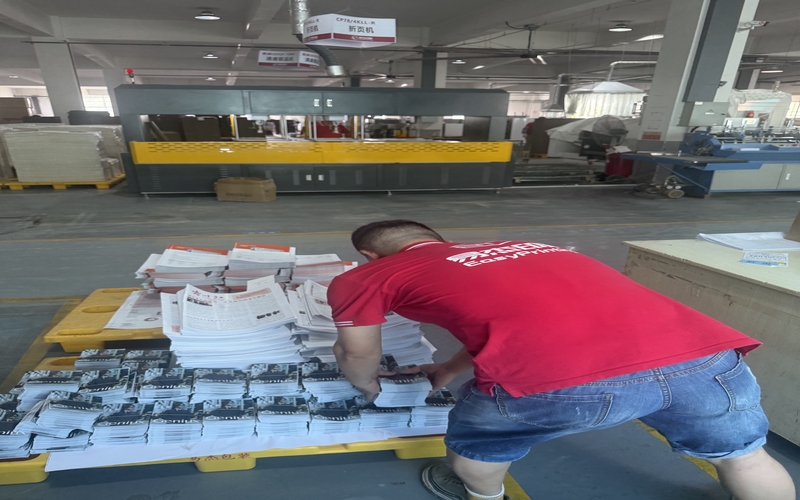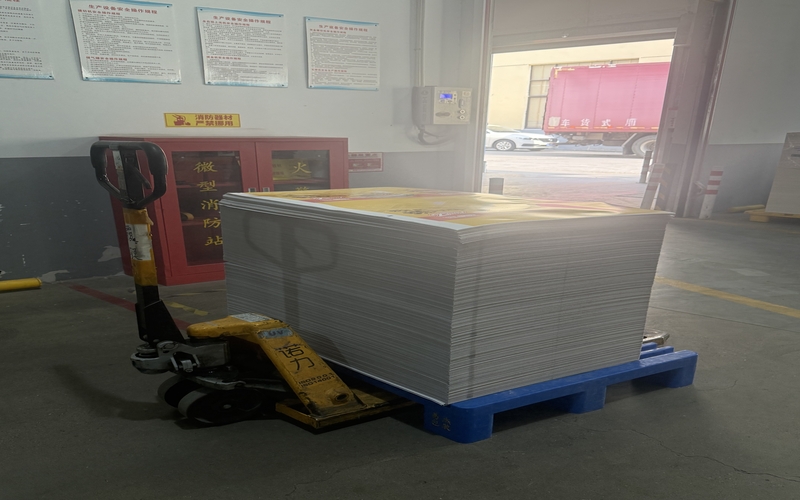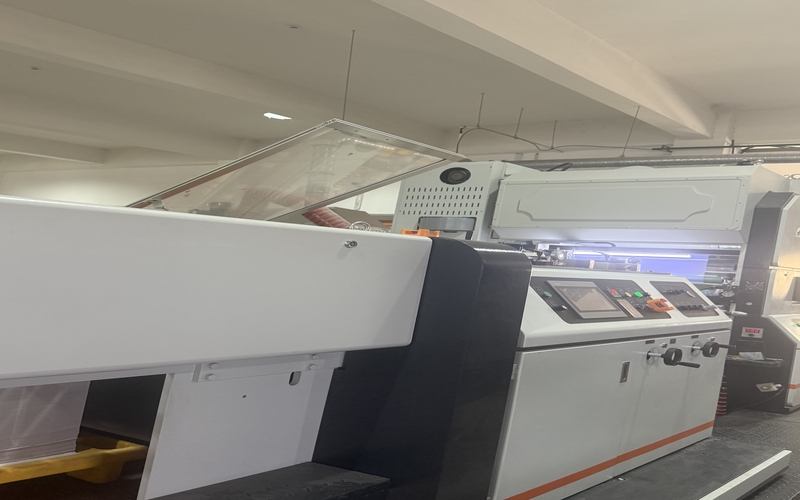An Ultimate Guide to E-Commerce Packaging
In the modern e-commerce world, packaging plays a critical role in customer satisfaction, brand perception, and business success. As online shopping continues to soar, customers are becoming more discerning, expecting not just the products they order but an experience that aligns with their expectations. E-commerce packaging is no longer just about safeguarding a product during shipping; it’s a key element in the customer journey and the first tangible interaction a buyer has with your brand. This ultimate guide explores everything you need to know about e-commerce packaging, from its importance to types, trends, and best practices.
1. The Importance of E-Commerce Packaging
E-commerce packaging is essential for several reasons:
Protection: The primary function of packaging is to protect the product during transit. In the e-commerce supply chain, products pass through various hands and locations, making robust packaging necessary to prevent damage.
Branding: Packaging serves as a powerful marketing tool. With customers often unboxing products at home, the packaging becomes an opportunity to create a memorable experience, express brand identity, and reinforce the value of the product.
Customer Experience: A great unboxing experience is part of the growing trend of "customer delight." Packaging that’s aesthetically pleasing, practical, and intuitive can enhance customer satisfaction and foster loyalty.

Sustainability: With the rise of environmental consciousness, eco-friendly packaging is more important than ever. Brands are increasingly adopting sustainable practices, reducing their carbon footprint, and appealing to eco-conscious consumers.
2. Types of E-Commerce Packaging
There are several types of packaging solutions, each designed for different product types and shipping requirements.
Boxes: Cardboard boxes are the most common packaging for e-commerce businesses. They come in different sizes, strengths, and styles. Corrugated cardboard, for example, is a durable option suitable for heavy or fragile items. Custom boxes with your branding can add a personal touch, elevating the unboxing experience.
Padded Mailers: Ideal for soft or small products like clothing, books, or accessories, padded mailers are lightweight, cost-effective, and provide sufficient protection against minor bumps and bruises during shipping.
Poly Mailers: These lightweight, water-resistant mailers are suitable for non-fragile products. They are often used for clothing, textiles, and other soft goods. Poly mailers are budget-friendly and offer good protection without the added weight of boxes.
Product-Specific Packaging: Some products require specialized packaging, such as foam inserts, custom-designed boxes, or shrink wrap. Fragile goods, electronics, or high-end items often come with these tailored solutions to ensure they arrive in perfect condition.
Subscription Box Packaging: For subscription-based businesses, packaging is a key part of the customer experience. Custom-designed boxes with branding, logos, and sometimes extra touches like tissue paper or promotional inserts, can elevate the unboxing experience and keep customers coming back.
3. Key Considerations for E-Commerce Packaging
When selecting packaging for your e-commerce business, consider these factors:
Product Protection: Packaging must adequately protect the product. Consider factors like weight, fragility, and temperature sensitivity. For example, fragile items may need bubble wrap or foam inserts, while perishable goods may require insulated packaging.
Branding Opportunities: Packaging is an extension of your brand. Choose materials and designs that reflect your brand's identity. High-quality packaging with attractive designs can influence customers’ perceptions of your brand’s quality and professionalism.
Cost-Effectiveness: While it's tempting to go for premium packaging, it's important to balance quality with cost. In e-commerce, where shipping expenses are a significant portion of the overall cost, finding the right balance between cost, quality, and protection is crucial.
Sustainability: Eco-friendly packaging is no longer just a trend—it’s a demand. Choose recyclable, biodegradable, or compostable materials to appeal to environmentally conscious customers. Packaging that minimizes waste and uses sustainable resources is gaining increasing importance in customer decision-making.
Shipping Efficiency: E-commerce packaging should also consider shipping efficiency. Opt for packaging that’s appropriately sized to minimize shipping costs and prevent overuse of materials. This will reduce the overall weight and volume of your shipment, contributing to lower shipping expenses and a smaller carbon footprint.
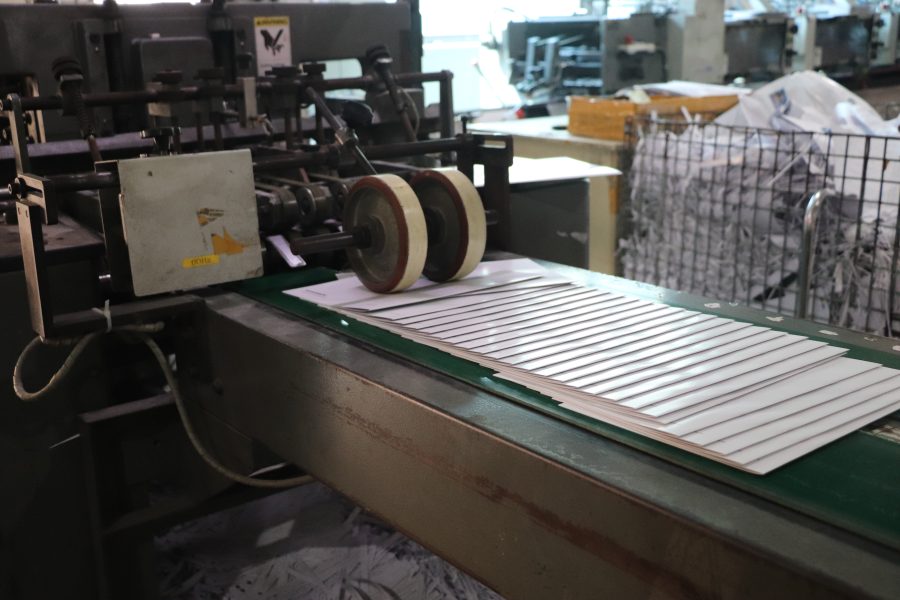
- Best Practices for E-Commerce Packaging
Implementing best practices in e-commerce packaging can enhance customer satisfaction, protect your products, and strengthen your brand. Here are some essential tips:
Invest in Quality Materials: Don’t compromise on the quality of your packaging materials. While cutting costs is important, the last thing you want is a damaged product. Invest in sturdy boxes or padded envelopes that will protect your products through the shipping process.
Customize Packaging: Custom packaging helps create a more personalized and memorable unboxing experience. Whether it’s a custom-branded box, tissue paper, or stickers, adding personal touches can set your brand apart.
Ensure Proper Sizing: Properly sized packaging can save costs, reduce waste, and help products remain secure during transit. Use the smallest packaging that will still offer adequate protection.
Add a Personal Touch: Adding a thank-you note, a promotional insert, or a small freebie inside the packaging can create goodwill and increase the likelihood of repeat business.
Optimize for Returns: Returns are a part of e-commerce, so your packaging should be easy to reuse or recycle. Clear return instructions or resealable packaging can make the process smoother for customers and reduce the likelihood of returns being damaged.
Test Your Packaging: It's important to test your packaging to ensure it works well with your specific products. Drop tests, temperature tests, and durability checks will give you confidence that your packaging can withstand the rigors of shipping.
5. Emerging Trends in E-Commerce Packaging
As the e-commerce industry continues to evolve, packaging trends are also shifting. Here are a few emerging trends to keep an eye on:
Sustainability: Eco-conscious packaging, such as biodegradable, reusable, and compostable materials, is gaining momentum. Customers are increasingly prioritizing sustainability, and companies are responding by adopting more environmentally friendly practices.
Minimalism: Many brands are moving toward minimalistic packaging, with simple designs and fewer materials. This trend appeals to customers who appreciate simplicity and efficiency, as well as those who are environmentally conscious.
Smart Packaging: Technology is also making its way into packaging. QR codes, RFID chips, and smart labels can provide customers with detailed product information, track deliveries, and enhance the overall user experience.
Subscription Box Innovations: Subscription-based businesses are incorporating creative and innovative packaging to surprise and delight customers with each delivery. Custom inserts, personalized messages, and high-quality materials contribute to the excitement of receiving a new subscription box.
6. Conclusion
E-commerce packaging is much more than just a protective layer around your products; it's an integral part of the customer experience, branding, and sustainability efforts. By selecting the right materials, customizing your packaging, and adopting best practices, you can enhance your business’s reputation, improve customer satisfaction, and reduce costs. Staying up-to-date with trends and innovations in packaging can also help you maintain a competitive edge in the dynamic world of e-commerce.



